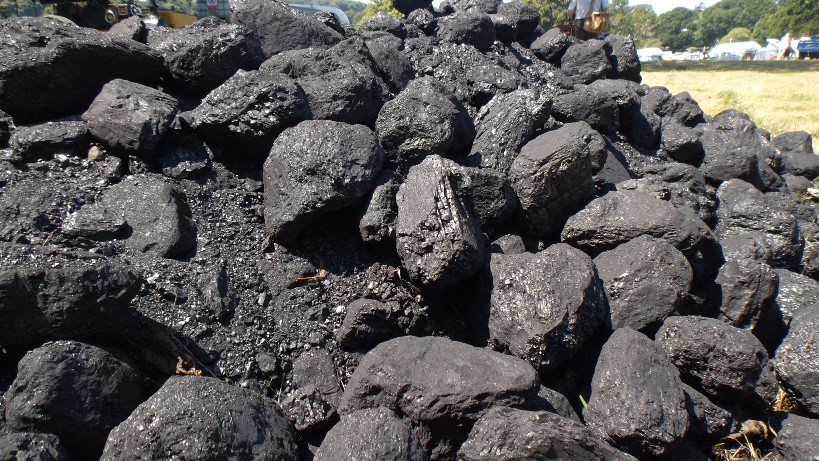If you care about coal mine cleanup, you should read this article. Really. Investigative journalist Mark Olalde has done a deep dive into the history of “self-bonding,” the controversial practice of allowing coal companies to avoid setting aside money to clean up their messes. It’s an important issue in coal country, and a great read for anyone interested in how the coal industry is evolving after its major players descended into bankruptcy a few years ago.
The industry loved self-bonding, because it allowed them to avoid buying costly insurance policies or, worse, tying up a bunch of capital in escrow.
The industry loved self-bonding, because it allowed them to avoid buying costly insurance policies or, worse, tying up a bunch of capital in escrow. The practice was particularly widespread in Wyoming, where a majority of the massive mines in the Powder River Basin carried no cleanup guarantees other than the “good names” and general financial health of their parent companies.
But a downturn in US and international coal markets forced even the biggest and “healthiest” PRB coal companies—Peabody Energy, Arch Coal, and Alpha Natural Resources among them—into insolvency. The companies refused to take on additional insurance while under the protection of bankruptcy, and state regulators belatedly realized that self-bonding abuses had gone much too far.
Heck, even the mining industry itself was alarmed. Olalde’s article quotes Travis Deti, executive director of the Wyoming Mining Association: “When you had three very big mining companies that were largely self-bonded go under the table, that freaked a lot of people out. I’m not going to lie.”
So state regulators have gradually moved to rein in the abuses of self-bonding. In Wyoming, the state Department of Environmental Quality forbid companies from self-bonding when they emerged from bankruptcy, and recently went so far as to propose new rules restricting the practice. Meanwhile, some companies that avoided bankruptcy have replaced their self-bonds with more secure guarantees—in part to get ahead of new and more restrictive rules.
The combination of new bonding restrictions and increased vigilance by state regulators has shrunk self-bonding to just a fraction of its former prominence. According to Olalde’s calculations, the US coal industry self-bonded for $3.86 billion in cleanup obligations before the tidal wave of bankruptcies. But today, coal companies self-bond just $214 million in cleanup costs, with nearly half that total slated to be replaced with other financial guarantees in the near future.
Sightline has been bird-dogging the self-bonding controversy for years—so it’s certainly gratifying to see the worst abuses fading in the rearview mirror. Of course, the coal industry is still in dire straits, and there’s always another cleanup mess looming. But for now, we can count the near-demise of self-bonding as a clear victory.












Jessie Dye
Excellent article and news! Thank you, Clark for this fine reporting and for keeping us posted about the infuriating practice of coal corporation self-bonding.
Joe Tieger
Where have you been?? The failure of self bonding has been documented for 50-years. The CRS, OMB, the DOI Inspector General and numerous newspaper and magazine articles have addressed the failure of self-bonding (AKA Self-assurance). The article notes that there is less self-assurance now but does not say the companies are going to address their cleanup/response liabilities. Typically the Bankruptcy court lets companies out of environmental liabilities for next to nothing. There are only a few ways to make mining companies internalize their environmental liabilities. The best way is a cash trust fund that can only be released after the work is done and O&M is provided for. The amount of the trust must be established by an independent assessment of costs, reviewed every 3-years, and the amount adjusted as needed. Now mines are each “owned” by shareholders and when there is a large liability they escape to the bankruptcy court. Take a look at United States v. Bestfoods
524 US 51, 118 S. Ct. 1876, 141 L. Ed. 2d 43 – Supreme Court, 1998
Fletcher
Can you point to any clean ups that have been satisfactorily completed?
Are there any old mines or tailings that are posing environmental hazard?